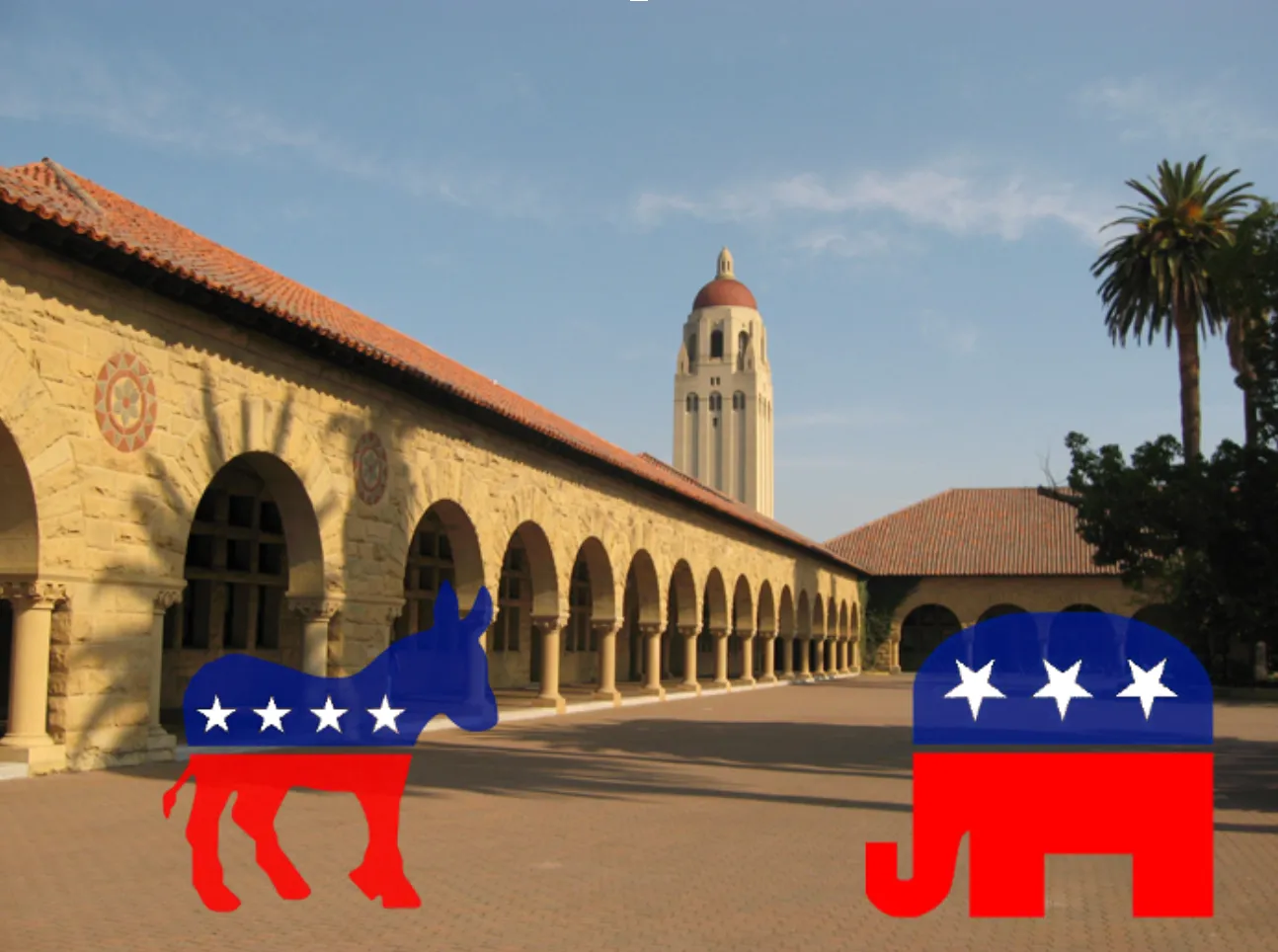Table of Contents
Affirmative action based on race has been a feature of national discourse since it was first mentioned by President John F. Kennedy in 1961. It has been part of getting into college since the late 1960s and early 1970s and likely was a force behind the increase in minority students (black students made up only 7.8 percent of the total in 1970 and in 1990, that figure was 11.3 percent; for comparison, blacks made up 12.1 percent of the population in 1990, although that figure may be different for college age children). It has survived court challenges relatively unscathed and seems set to continue. It shouldn’t, at least not in the form that it currently takes.
Before I leap into the body of my argument, let me first say that I am white and from a middle-upper class background. I do not benefit from the current system of affirmative action, but neither would I benefit from the new system that I propose. That out of the way, I will continue: I propose that race-based affirmative action be largely replaced with class based affirmative action. This is not a new idea, but it is one on which I believe that Stanford should take a leadership role.
Although there remain differences in academic achievement between black and white students, even when both have high socio-economic status, these differences pale in comparison to the differences between the poor and the rich, of whatever race or ethnicity. If the goal of affirmative action is to bring opportunities to disadvantaged groups, I believe that it is in fact far more effective to provide a boost to those who have come from hard scrabble backgrounds than to people who may or may not have had a difficult upbringing based solely on race. Although it is naive and foolish to believe that there is no longer discrimination in America, it is equally foolish to believe that conditions are not orders of magnitude better than in 1961 when JFK first brought up the idea.
I see two primary arguments for affirmative action at the university level. The first is that it gives a leg up to groups that would otherwise be disadvantaged in applying to schools and the second that it introduces much needed diversity into the college experience.
Along this first line of argument, it seems clear that providing an advantage to someone coming from a poor background, no matter their race, has overcome more than a minority student coming from a wealthy background. Anyone, no matter the color of their skin, can crack open a book to study…that is, assuming that they aren’t forced to care for younger siblings, work a job, or otherwise help out their family. It is far more difficult to succeed academically or to show the depth of extracurricular involvement that colleges like to see when there are constraints on one’s time and resources.
As regards the second line of argument, here, too, it seems clear that socio-economic affirmative action would introduce at least as much diversity as current race-based affirmative action. The non-white kids in my middle-upper class neighborhood were very similar to me. I am certain that they had perspectives that I do not have, but, for the most part, the views out of our back windows were the same. On the other hand, I had much less in common with the kids at my high school who came from less wealthy areas and having more of their perspectives in the classroom would have been invaluable. That is just as true now that I am here at Stanford. While class is much more rarely discussed here than race, I feel that it is just as, if not more, important and I would hope that a class-based affirmative action policy might engender more discussion and expand the perspectives available to Stanford students. Furthermore, given that many minorities are disproportionately poor, it is not as though racial perspectives would disppear from the discussion.
So, why, given these arguments, has there been so little movement towards a class-based system? The first reason, which I will not get into, is, I believe, a bias towards the status quo and a fear that a switch in policies might engender negative backlash from minorities on campus or from potential applicants. I believe that this fear is overblown and, in any case, can be neutralized by a proposal that I will outline below. The second reason is that such a system poses practical problems of implementation.
In particular, class-based affirmative action would, by definition, break down the “need-blindness” that separates admissions from financial aid and it would raise questions on how to determine socioeconomic status.
This first concern is one that must be taken seriously. At a school like Stanford, where financial aid is guaranteed and, even in hard times, there is no movement to curtail benefits, this is not a great concern, but if we are to imagine that such a system were to spread to other, less well-endowed schools, then this would become an issue. If admissions now sees some measure of wealth, it might be tempting to the school to in fact discriminate against some applicants on the basis on their ability to pay. It would not be hard to imagine, in fact, an almost dichotomy appearing, with the school favoring the most impoverished (as per its affirmative action program) and the most wealthy (due to their ability to pay), thus hurting the middle-class, which might need some financial aid, but which might not qualify for affirmative action. I have no easy answer for this concern, except that there could still be some form of blinding put on the admissions office. Perhaps a separate group (e.g. financial aid) might go through the applicants and gradate them on some socioeconomic criterion, giving only these gradations to the admissions group. This would make it more difficult to exactly determine ability to pay and thus reduce the problem of squeezing the middle class. Otherwise, perhaps for the time being, this system might be limited to those schools that can assure financial aid as an absolute priority that overrides other concerns (and thus no preference to the wealthy).
The second concern is also equally important. A well-designed system needs to be difficult for parents to game and also be reflective of those elements of poverty that make academic achievement difficult. The advantage of race is that it is set: although self-reported (and thus unverifiable, as far as I am aware, so far as college admissions go), assuming honesty on the part of the applicant, it is impossible to change one’s race temporarily to get an advantage towards college admissions. On the other hand, it is very much possible to temporarily change one’s income in the year before admissions. A very wealthy family could have both parents stop work and live off of savings, thus making the family appear, as far as income was concerned, indigent. Thus, a system would likely need to required declarations not only of income, but also of assets. A system proposed by Richard D. Kahlenberg (linked above as well) would look:
…not only at income but at such factors as parents’ education, net worth, and neighborhood poverty.
Such a complex system would capture a broader measure of socioeconomic class, one that would truly help the disadvantaged and introduce real diversity into the university experience.
Finally, I do believe that racial diversity, like the socioeconomic diversity that I have been describing, is an important part of the college experience and cannot be forgotten. Perhaps, at least early on in the transition to a class-based system, there would still be some racial component to admissions as well. Much reduced, but still present, at least until it could be shown that the new system introduced enough diversity on its own.
As I said before, these are not new ideas. But they have not yet been embraced by most major universities. I believe that Stanford can and should lead the way on this issue. This would not be a quick process, but if we do not start moving in that direction at some point, we’ll never get there. Stanford should start serious discussions about how such a system would look and how it could be implemented, involving not only university officials, but also students and faculty. By bringing in a broad group of perspectives, Stanford can not only design an effective systems, but also it can gather support for the measure as well. It’s time for that process to begin.







